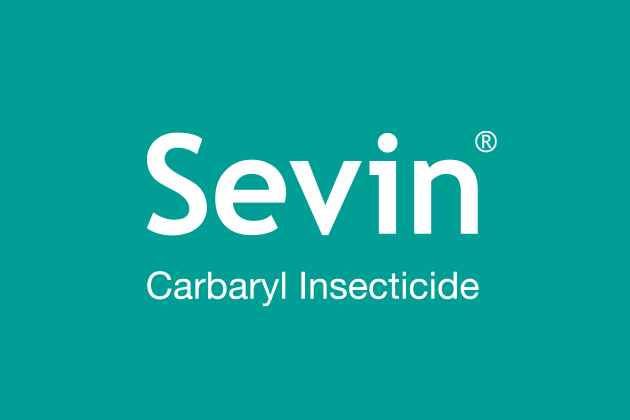Control Insects in Rangeland and Pasture
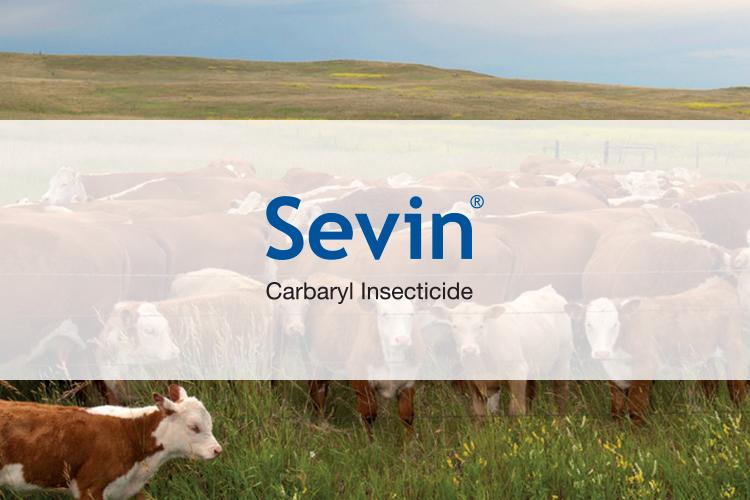
Effective Insect Control for Pasture and Rangeland
What’s really eating your grass: your livestock or invading bugs? If you’re cattle aren’t gaining weight due to a lack of good quality forage, your losing money. Check your rangeland and pasture for pests that can reduce or eliminate forage production for your cattle. Pests such as armyworms, grasshoppers, and chinch bugs can siphon profit. Sevin® XLR Plus Carbaryl Insecticide provides effective control of forage destroying pests allowing optimum use of available grazing land.
-
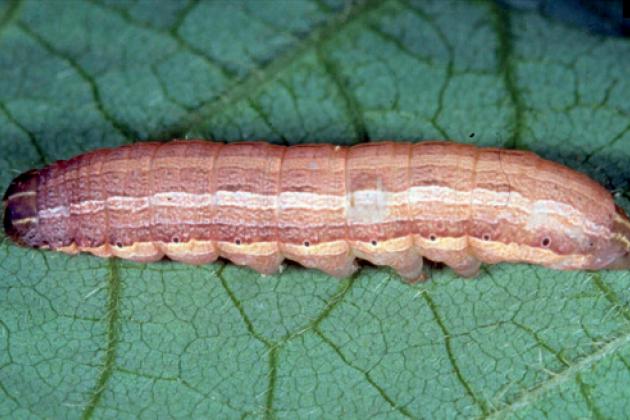
Armyworm, photo credit: Merle Shepard, Gerald R.Carner.
-
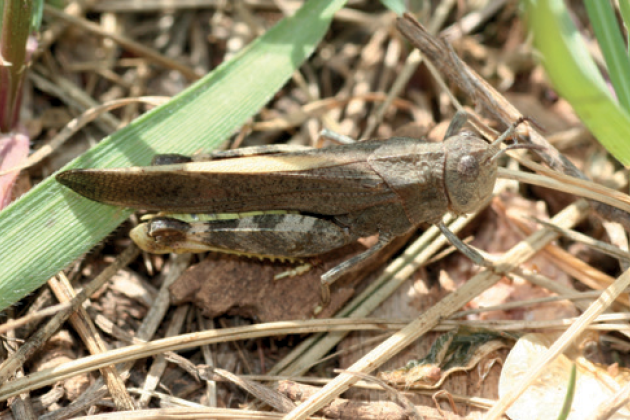
Grasshopper, photo credit: Whitney Cranshaw, Colorado State University.
-
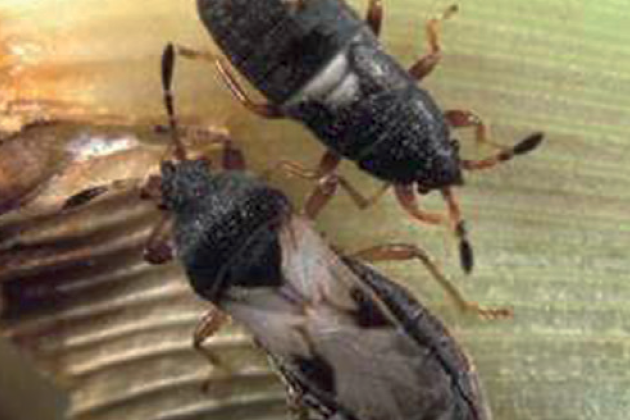
Chinch bug, photo credit: Natalie Hummel, Louisiana State University AgCenter.
Also, don’t forget those menacing, disease carrying ticks. SEVINXLR PLUS also helps control these pests when applied according to label instructions.
Pasture and Grasses Grown for Seed
| Crop | Pest | Quarts / Acre | Specific Directions |
| Pasture and Grasses Grown for Seed |
|
1 to 1 ½ | Up to 2 applications per year may be made but not more often than once every 14 days. To control thrips in grasses grown for seed, use high spray pressure to improve penetration into boot. Carefully mark swaths to avoid over-application. |
Restrictions and Precautions: Pasture and Grasses Grown for Seed
- Do not apply within 14 days of harvest or grazing.
- Do not exceed a total of 3 quarts per acre per year.
Rangeland
| Crop | Pest | Quarts / Acre | Specific Directions | ||
| Rangeland |
|
½ to 1 | Do not make more than 1 application per year. Carefully mark swaths to avoid over application. | ||
| Ticks | 1 | ||||
Restrictions and Precautions: Rangeland
- May be harvested or grazed the same day as treatment.
- Do not apply more than 1 quart per acre per year.
- BEE CAUTION: Do not apply this product to target crops or weeds in bloom.
- See label for additional information about RAATS program use.
Imported Fire Ants
| Crop | Pest | Quarts / Gallon | Specific Directions |
| Pastures Rangeland Forested Areas Wasteland |
Imported fire ants | ¾ fluid ounce per gallon | DRENCH APPLICATION: Apply a total of 2 gallons of the diluted solution over the surface of each mound or at least 1 quart per 6 inches of mound diameter using a bucket, can or other appropriate equipment. Thoroughly wet mound and surrounding areas to a 4 ft diameter (12 sq.ft.). Do not disturb mound prior to treatment. Pour solution from a height of about three feet to give sufficient force to break mound apex and flow into ant tunnels. For best results apply in cool weather (65-80°F) or in early morning or late evening hours. Repeat application if mound activity resumes after 7 days. Treat new mounds as they appear. Pressurized sprays may disturb the ants and cause migration, reducing product effectiveness. |
Restrictions and Precautions: Imported Fire Ant Control
- Do not allow public use of treated areas during applications or until drench has dried.
- Do not use in greenhouses
Note: do not use on any food crop not listed on this label.
Refer to the specific crop section for additional restrictions and precautions.
